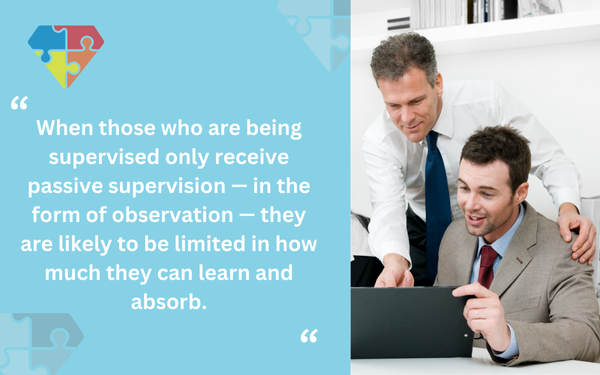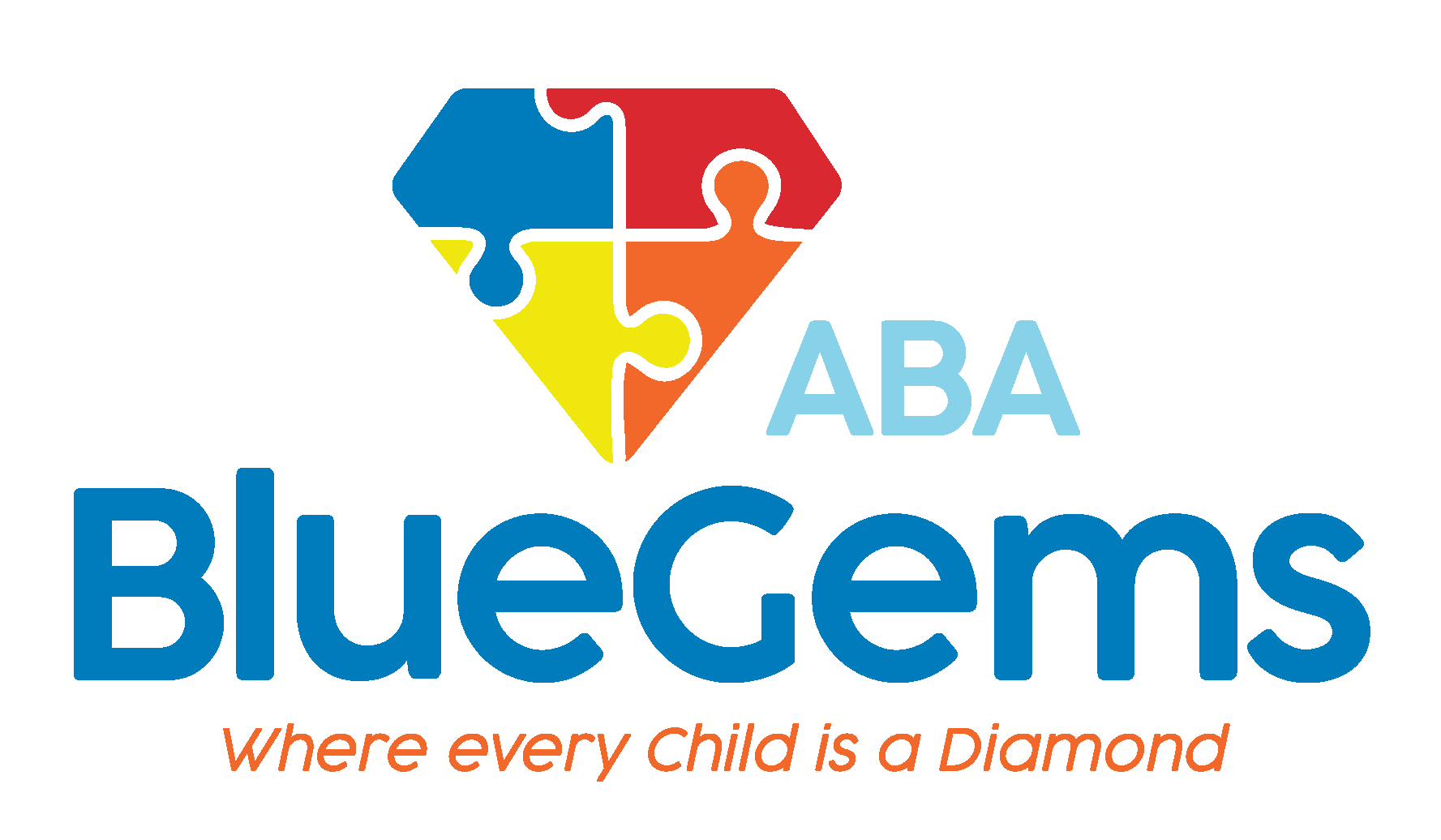Common Supervision Mistakes to Avoid in ABA
Becoming a Board Certified Behavior Analyst (BCBA) takes a lot of dedication and hard work. For many people who pursue this career path, it’s well worth it, thanks to the immense benefits they gain from being able to help people in need, including children with autism spectrum disorder (ASD).
As a BCBA, you will have many responsibilities, including conducting evaluations and assessments, crafting treatment plans for applied behavior analysis (ABA therapy), analyzing data and overseeing a team of therapists such as Registered Behavior Technicians (RBTs) who often handle the day-to-day, one-on-one therapy sessions with patients.
To be successful at your job, you will need to master many different skills — some of which will be directly related to the work itself, and some of which will focus more on general people management.
In this article, we’ll discuss some of the most common supervision mistakes to avoid in ABA therapy as a BCBA.
Table Of Contents
They Only Observe
Part of a BCBA’s job is to observe ABA therapy. You need to be able to see how RBTs and others you are responsible for are applying the principles of ABA therapy and the specific treatment plans you and the team have created.
You also need to observe how individual patients are responding to the treatment plan, how parents and other family members are being integrated, and how therapists are responding to conflict resolution.
However, you should not just take a passive approach to supervision. It’s important to play an active role, too.
When those who are being supervised only receive passive supervision — in the form of observation — they are likely to be limited in how much they can learn and absorb.

Instead, BCBAs should take an active role in supervision. A great way to do this is to create a feedback loop that’s continuous and interactive.
It can start with setting expectations clearly upfront, having therapists perform self-assessments, giving direct and immediate feedback, and then reinforcing that feedback with follow-up.
They Don’t Create Structure
Therapists have a lot going on in their day. Just like the patients they are helping to support need structure to learn, so, too, do therapists need structure in how their performance is supervised and assessed.
A common supervision mistake that’s made in ABA therapy is that BCBAs give feedback that’s too general, vague and/or delayed. The feedback shouldn’t be general comments such as “That’s a good job,” or “You could improve on that.”
General comments such as those leave a lot up to interpretation. For instance, the therapist might wonder:
What was a good job?
What does “good” really mean?
What could I improve on?
Feedback needs to be clear and specific. That way, therapists know exactly what they are doing well, what they can work on and what’s expected of them.
Not only that, but the feedback needs to be consistent and specific in terms of timing. The feedback should be given as soon as you possibly can, so that everything is fresh in their mind.
You also should also give specific feedback so there’s action they can take, and encourage them to reflect on the feedback and how they plan to apply it to future therapy sessions.
They Make It Too General
BCBAs are often responsible for rather large teams of therapists, who are then of course responsible for their own team of patients. Because of the scale and size of the therapists and patients alone, there needs to be some standardization of supervision practices.
At the same time, the supervision should not be a broad, standardized approach for every person you’re managing.
Just like patients, each therapist has their own unique styles of learning, strengths and things they need to work on. Supporting them requires individualized supervision that addresses any concerns you may have or areas for improvement in a way that will resonate with them.
To do this, you need to conduct an initial assessment of everyone you monitor to get a baseline of their skills, and to create specific goals. Conducting ongoing assessments after that will allow you to objectively monitor their performance in relation to the goals you set.
You can then integrate follow-up meetings with them that will discuss their targets, and provide them with the individualized support they need to succeed.
Build a Career Supporting Children with Autism at Blue Gems ABA
The job of a BCBA can be challenging, but also very fun and rewarding. By following some of the tips above, you can ensure that you are doing your best to support the RBTs and other employees who are under your direct supervision.
At Blue Gems ABA, we are committed to supporting children with ASD by administering ABA therapy on a one-to-one basis. At the heart of this is our team of experienced employees, who help to build each other up to advance their careers and ultimately help our patients grow as much as possible.
To learn more, please contact us today.




